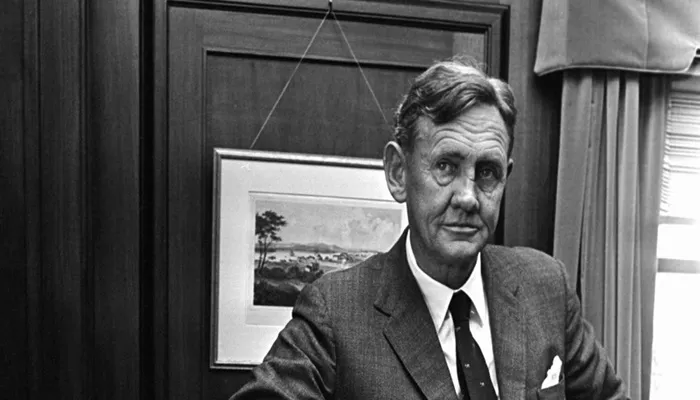January 10 has witnessed several noteworthy events throughout Australian history. This article will explore these events in detail, providing context and significance to each occurrence.
What Happened on January 10 in Australian History?
1. First European Sightings of Perth (1697)
On January 10, 1697, Dutch explorer Willem de Vlamingh made the first documented European sighting of the land that would later become known as Perth. This event marked a significant moment in the European exploration of Australia, as it opened the door for future navigators and settlers to explore the western coast of the continent.De Vlamingh’s expedition was part of a broader Dutch interest in the region, which was primarily driven by trade and exploration. His observations included detailed notes about the local geography and resources, which would be invaluable for subsequent explorers. The sighting of Perth is often viewed as a precursor to the eventual establishment of settlements in Western Australia, highlighting the early interactions between European explorers and the Australian landscape.
2. John Gorton Becomes Prime Minister (1968)
Another significant event occurred on January 10, 1968, when John Gorton was sworn in as the 19th Prime Minister of Australia. Gorton’s ascension to this role followed the resignation of John McEwen after only a brief tenure. Gorton was notable for being the first Australian Prime Minister to be born in Australia since Federation in 1901.During his time in office, Gorton focused on various domestic issues, including education and immigration policy. He also played a crucial role in Australia’s involvement in the Vietnam War, navigating complex international relations during a turbulent period. His leadership style was characterized by a more relaxed approach compared to his predecessors, which resonated with many Australians at the time.
3. The Easey Street Murders (1977)
On January 10, 1977, a tragic crime occurred known as the Easey Street murders in Melbourne’s inner suburb of Collingwood. Two women were brutally stabbed to death in their home under mysterious circumstances that remain unsolved to this day.The murders shocked the community and drew significant media attention. Despite extensive investigations, no one has ever been charged with these killings, leading to speculation and theories about potential suspects and motives. The case remains one of Melbourne’s most infamous unsolved crimes and has been referenced in various discussions about crime and safety in urban areas.
4. Assassination of Colin Winchester (1989)
In a shocking event on January 10, 1989, Colin Winchester, an assistant commissioner of the Australian Federal Police (AFP), was shot dead outside his home in Canberra. This assassination sent ripples through law enforcement agencies across Australia and raised concerns about police safety and organized crime.Winchester’s murder remains unsolved despite extensive investigations and numerous theories regarding his potential enemies within criminal organizations. His death is often cited as a pivotal moment that highlighted the dangers faced by law enforcement officers in Australia.
5. Tragic Bus Accident in Egypt (2006)
On January 10, 2006, six Australians tragically lost their lives when a bus they were traveling on flipped over while on a tour in Egypt. This incident underscored the risks associated with travel abroad and led to increased scrutiny regarding tour operator safety standards.The victims’ families faced immense grief and loss, prompting discussions about travel insurance and safety measures for Australians traveling overseas. This event highlighted not only personal tragedies but also broader issues related to tourism safety.
Conclusion
January 10 holds a significant place in Australian history due to various events that have shaped its narrative over centuries—from early European exploration to modern-day tragedies. Each event reflects different aspects of Australian society, including exploration, governance, crime, and international relations.As we look back at these occurrences, it is essential to recognize their impact on contemporary Australia and how they contribute to our understanding of national identity and history. Through these reflections, we can appreciate the complexities of Australia’s past while acknowledging its ongoing evolution as a nation.This exploration into January 10 serves as a reminder that history is not merely a collection of dates but rather a rich tapestry woven from human experiences—each thread contributing to our collective memory and identity as Australians.
Related Topics:

